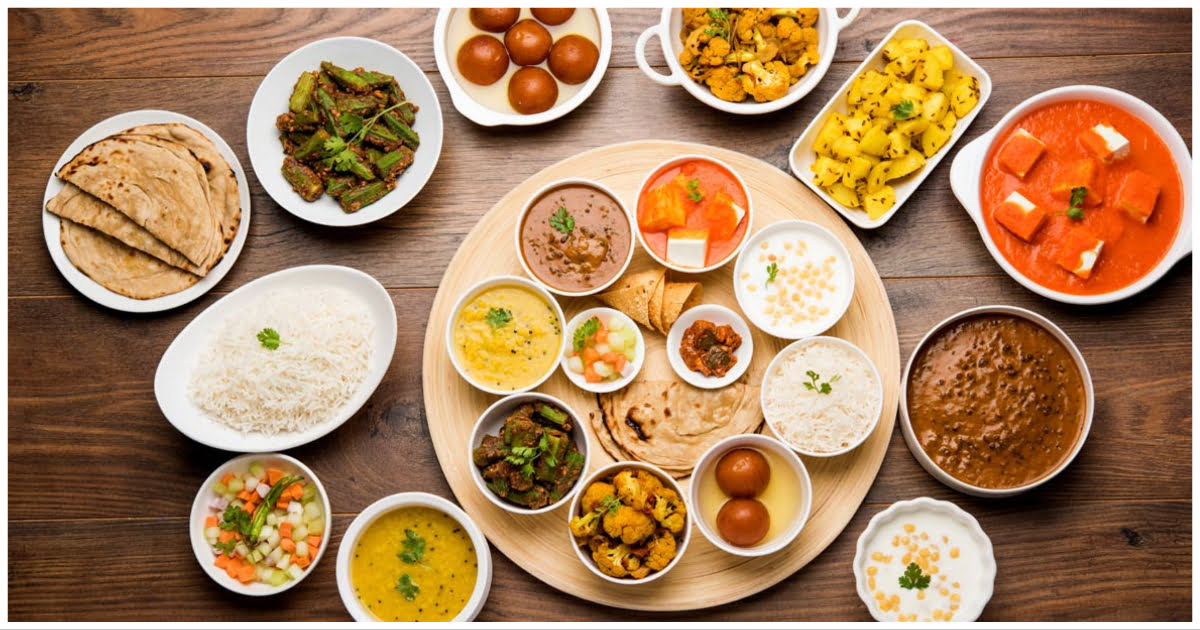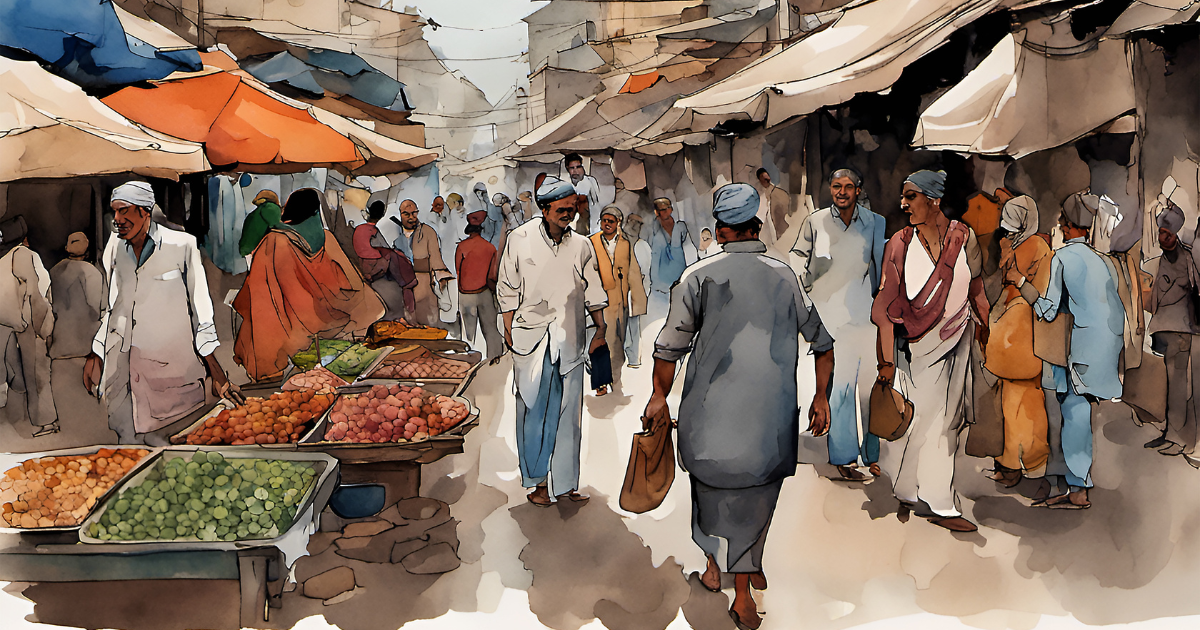Delhi, the capital city of India, has always been known for its rich history and diverse culture. One aspect of Delhi’s culture that has evolved over time is its food. Delhi’s food culture has been influenced by the Mughal dynasty, British rule, and the migration of people from all over India to the city. Today, Delhi is considered the food capital of India, with a wide range of cuisines available.
Mughal Dynasty
During the Mughal era, Delhi’s food culture was heavily influenced by Persian and Central Asian cuisine. The Mughals were known for their love of food, and they brought with them the art of cooking and the use of spices. Mughlai cuisine is still popular in Delhi today, with dishes like biryani, kebabs, and nihari being some of the best food the city has to offer.
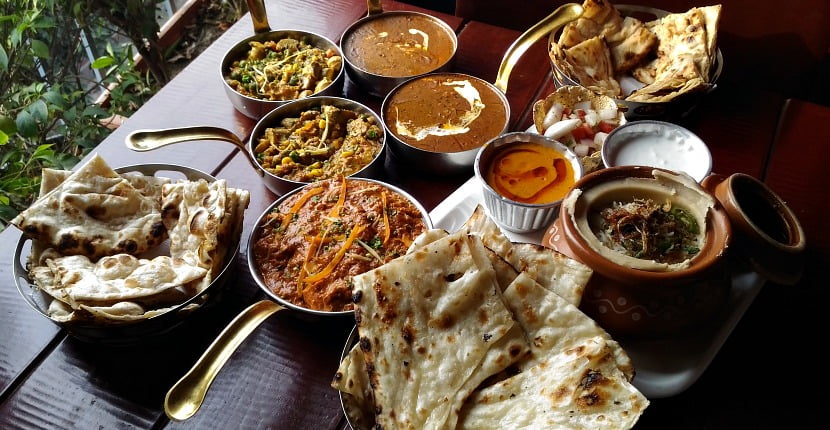
British Rule
As Delhi became the seat of British colonial power in India in the 19th century, the city’s food culture underwent further changes. British colonizers brought with them their own food traditions, such as tea and bread, which were adopted by the locals. The British also introduced new ingredients and cooking techniques, such as the use of baking powder and refined sugar.
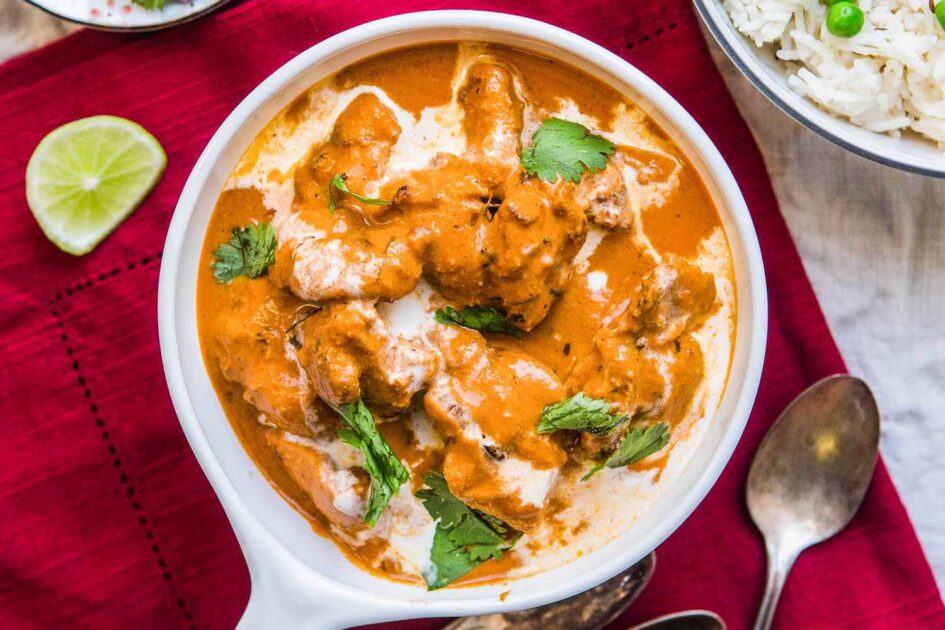
Post-Independence
After India gained independence from British colonial rule in 1947, Delhi’s food culture continued to evolve. The post-independence era saw the emergence of new dishes that were a fusion of Indian and Western cuisines. For example, butter chicken, a popular dish in Delhi today, is believed to have originated in the 1950s and is a combination of Indian spices and Western-style tomato sauce. After independence, Delhi’s food culture saw a new wave of migration from all over India. People from different parts of the country brought with them their regional cuisines, which led to the creation of new dishes and flavors.
Present Day
Today, Delhi is considered the food capital of India, with a wide range of cuisines available. From street food to fine dining, Delhi has something to offer everyone. The city is known for its chaat, paranthas, chole bhature, and butter chicken.
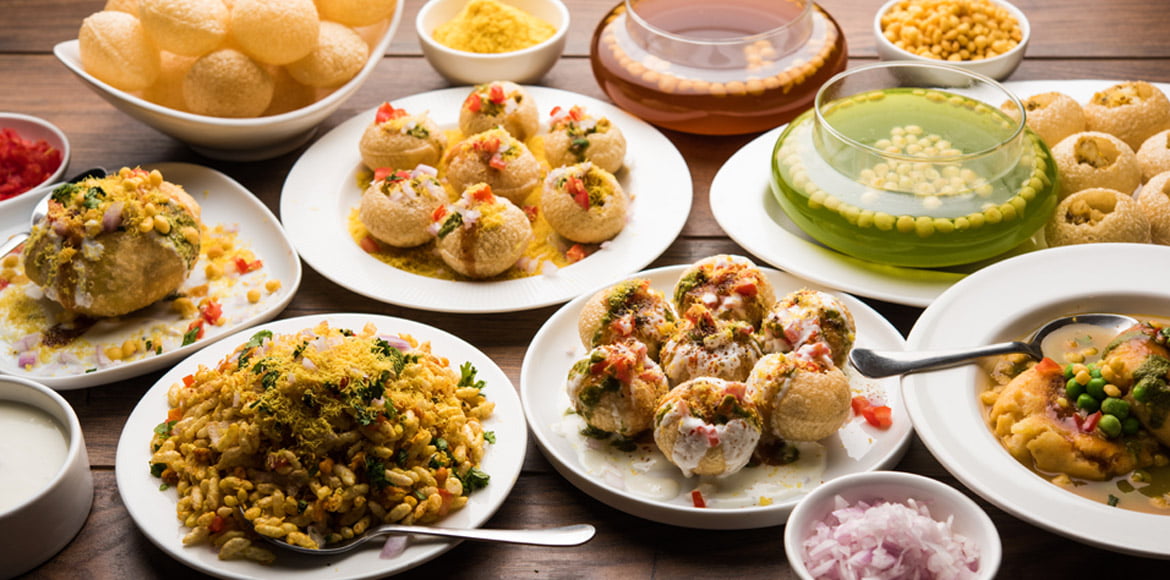
One of the most significant changes in Delhi’s food culture in recent years has been the rise of street food. Street food vendors offer a wide range of affordable and delicious dishes, such as chaat, golgappe, and chole bhature. These dishes have become an integral part of Delhi’s food culture and are enjoyed by locals and tourists alike.
Another notable trend in Delhi’s food culture is the rise of fusion cuisine. Many chefs in Delhi are experimenting with new ingredients and cooking techniques to create fusion dishes that combine different flavors and cultures. For example, restaurants in Delhi offer dishes such as sushi rolls filled with Indian spices and butter chicken pizza.
Conclusion
Delhi’s food culture has come a long way from its Mughal roots. The influence of various cultures and cuisines has made Delhi’s food scene diverse and unique. Today, Delhi is considered the food capital of India, and rightly so. With its rich history and diverse culture, Delhi’s food scene is one of the best in the world. This blog post has covered the evolution of Delhi’s food culture, starting from the Mughal dynasty till the present time. With so many different dishes and flavors, Delhi’s food scene is a must-try for anyone visiting the city.

